A handwritten letter from the artist Ilya Repin to Korney Chukovsky
- Pickup from gallery : Set a route
- Courier delivery
- Delivery by a transport company in the shortest possible time
- VIP air delivery
- Delivery rates
Sizes: 27 × 21 × 0.1 cm .
Nothing was found for your request. Try to change the wording or go to the Catalog
Also you may call +7 (495) 927 60 67 and we will help you choose the best gift.
Catalog
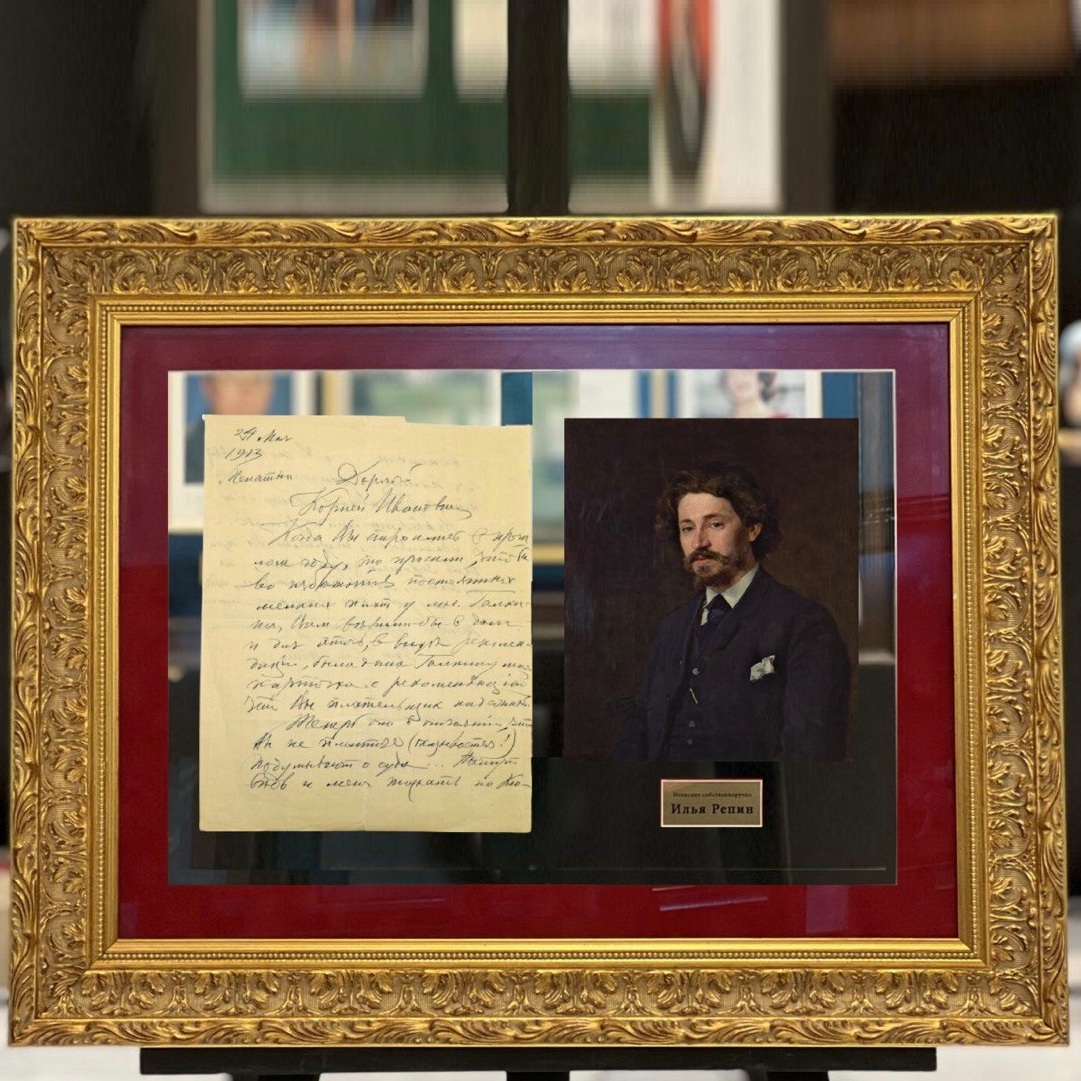
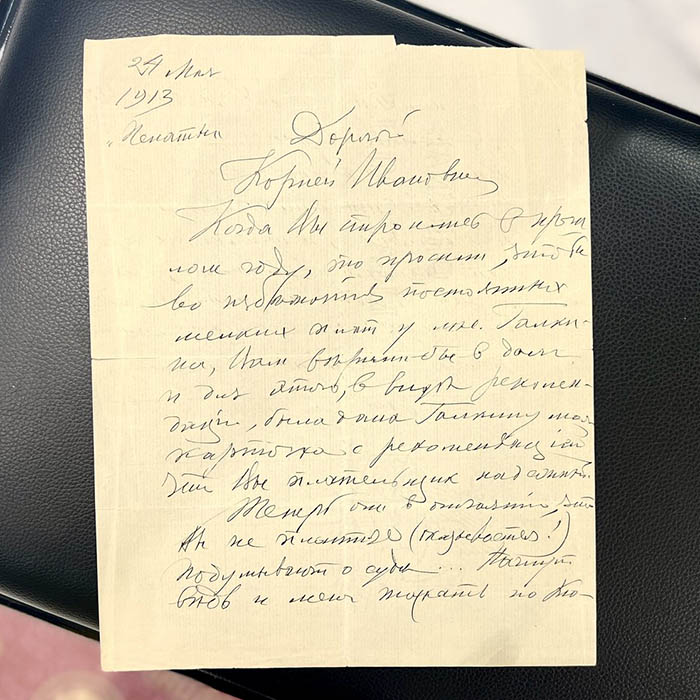
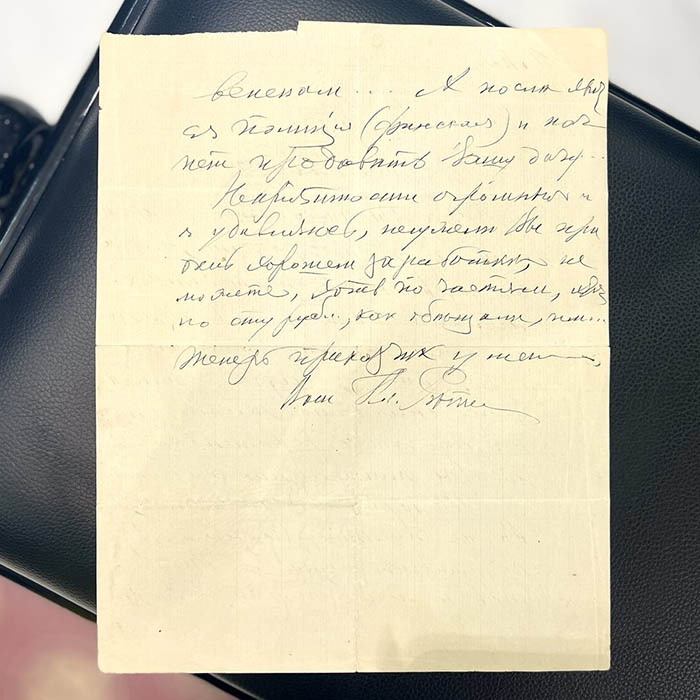
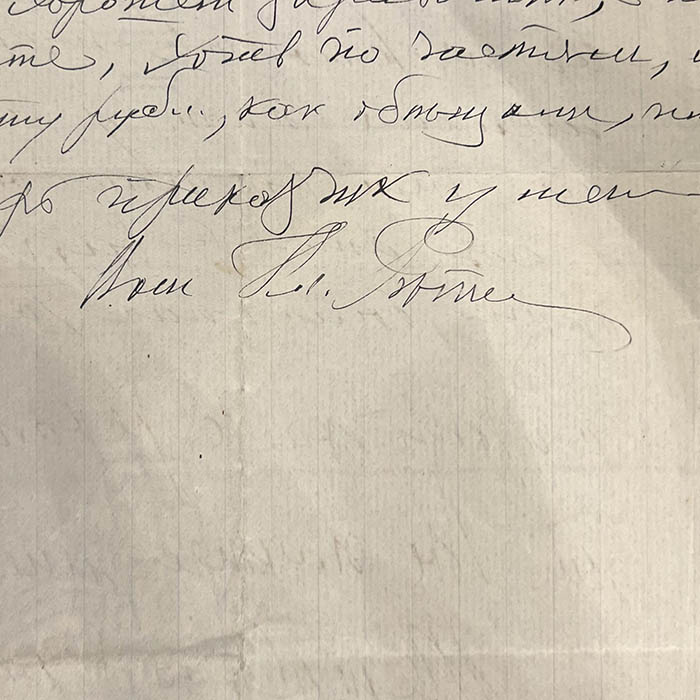
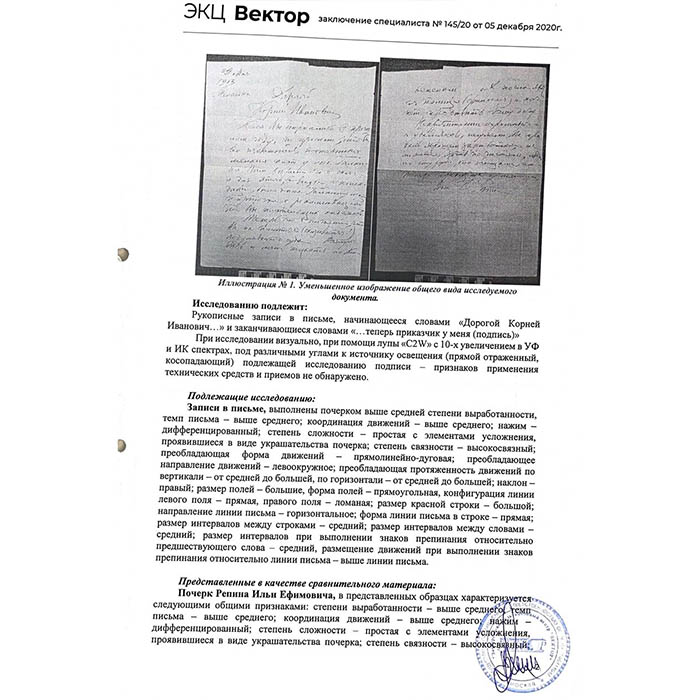



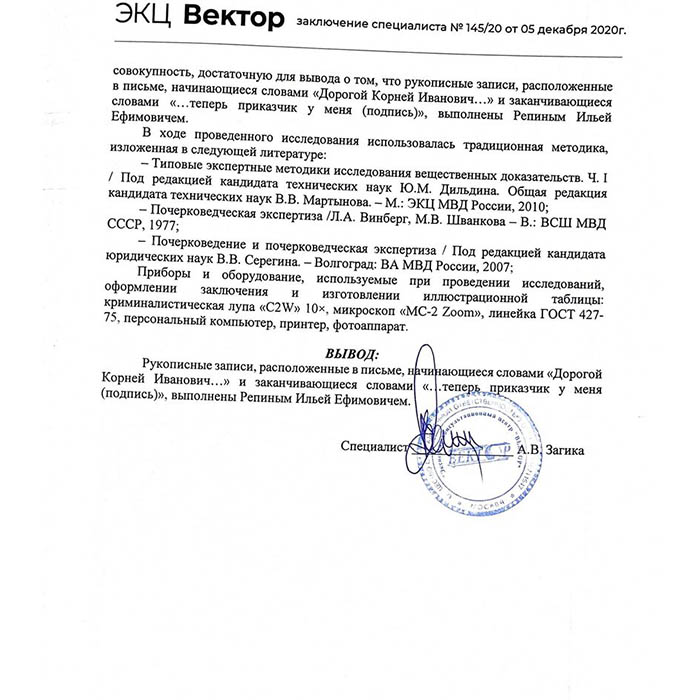

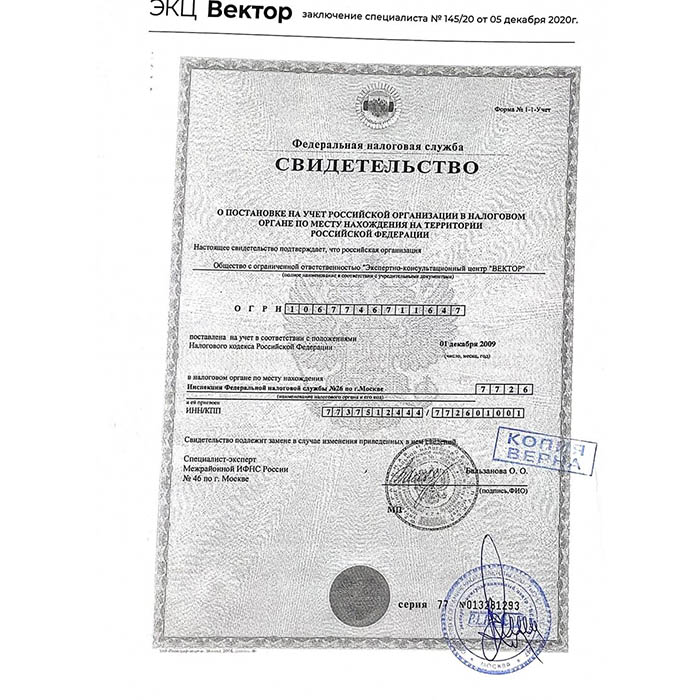
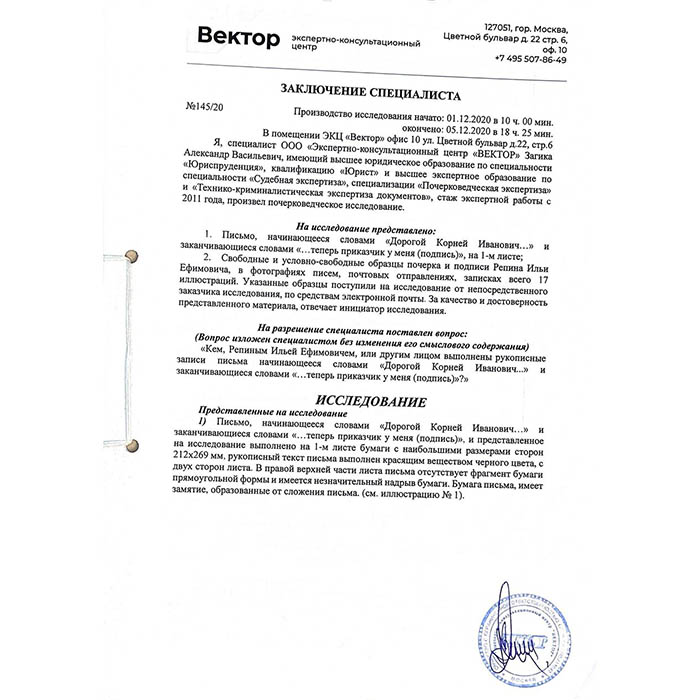
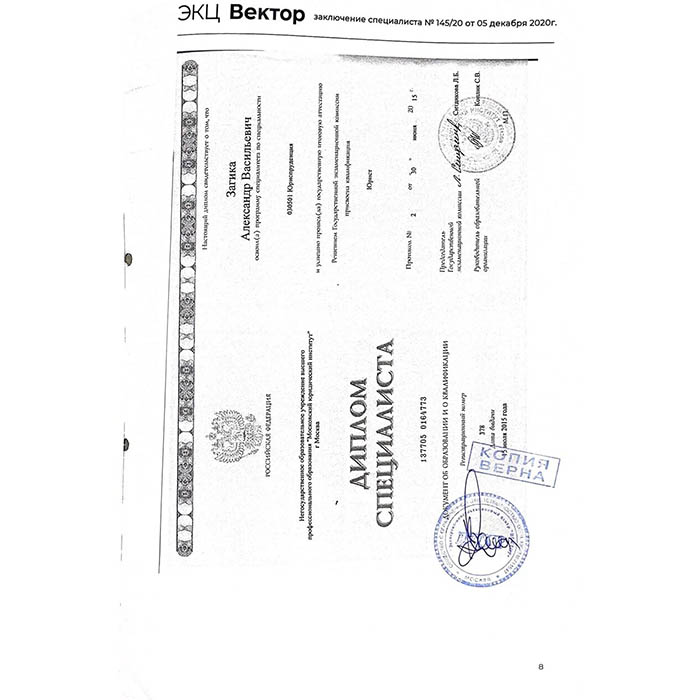
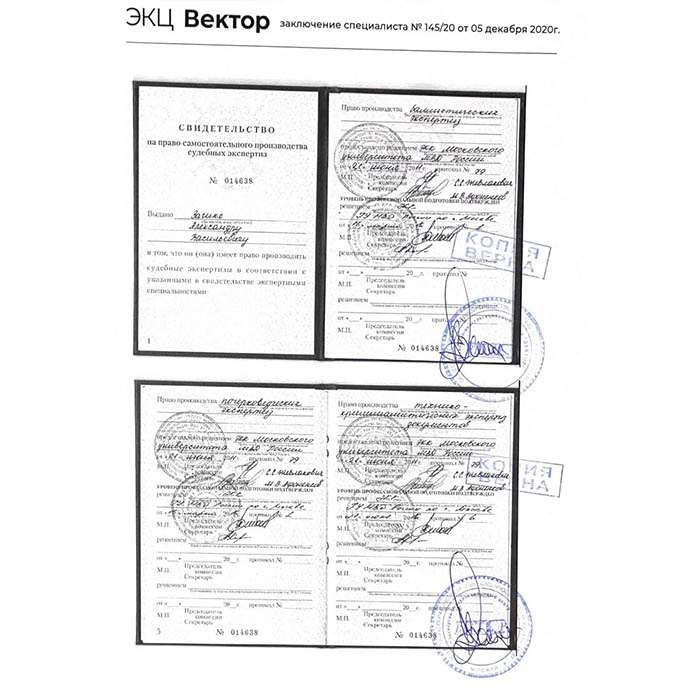





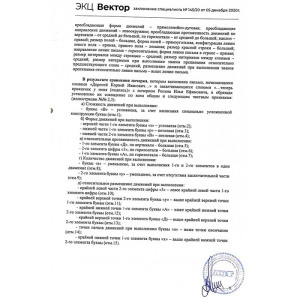

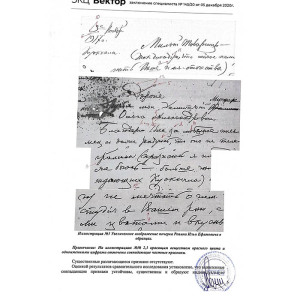

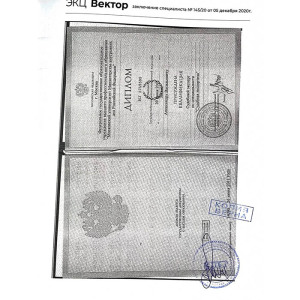




May 24, 1913.
Penates
Dear Korney Ivanovich
When you were building last year, you asked that in order to avoid constant small expenses from M. N. Galkin, you would be believed in debt, and for this, my card was given to Galkin in the form of a recommendation with a recommendation that you are a reliable payer. Now he is desperate that you don't pay (refuse!) He's thinking about a trial... After all, he will start to stick me around ... and then either with the police (Finnish) and start selling your cottage. .. The troubles are huge, and I wonder if, with very good earnings, you can't at least piece by piece, even for a hundred rubles, as promised to them. I have the clerk now. Your Il. Repin.
The exhibit is accompanied by the conclusion of the handwriting expertise of the Department of forensic examinations of the ECC Vector, which carries out handwriting expertise for investigative and judicial authorities both in Moscow and in the regions of Russia, confirming that the letter was written by Ilya Repin.
Chukovsky and Ilya Repin were close friends. The famous painter often stayed at the writer's house, as evidenced by Chukovsky's diary. Moreover, the two masters influenced each other creatively. Chukovsky persuaded Repin to write a book of memoirs, "The Far Near." Repin came up with the name of his handwritten humorous almanac "Chukokkala" for the writer — a combination of the surname with the name of the place Kuokkala, where friends rested. Interestingly, this place has now been renamed "Repino".
There was a real cult of Repin in Korney Ivanovich's house. On the walls hung his kuokkalsky photographs, a snapshot from Repin's portrait of Chukovsky with Repin's own handwritten signature. The handwritten almanac "Chukokkala" contains dozens of Repin drawings and notes. Chukovsky preserved more than a hundred letters from Repin from 1907-1929. And finally, there are many entries about the famous artist in Korney Ivanovich's Diary. In particular, K.I.'s trips to Kuokkala in 1925, his last visits to the "Penates", and conversations with Repin are recorded in detail. One can also recall Chukovsky's memoir book Ilya Repin, which was published many times.
Until now, it was believed that Repin paid for Chukovsky's house out of his own pocket, and then he returned it for many years. It was much more complicated...
Provenance: archive of I. S. Shaikovich, before the revolution the director of the Russian school in Kuokkala, the second husband of Lidia Ivanovna Shishkina (first husband - B. Ridinger), poet, after the revolution the consul of Yugoslavia in Finland, etc. After the revolution, he saved the archive of Chukovsky, who was at the latter's dacha in Kuokkala.
Ivan Stepanovich Shaikovich (1876-1948) was a Serbian diplomat in Russia, the Consul General of Yugoslavia in Finland, in Sweden, Doctor of Philosophy, professor of Oriental languages and Serbo–Croatian, a great connoisseur of Russian poetry and painting.
The exhibit has cultural, historical, and collectible value at the museum level.
Sizes: 27 × 21 × 0.1 cm .

A passport is attached to products that cost more than 10,000 ₽:
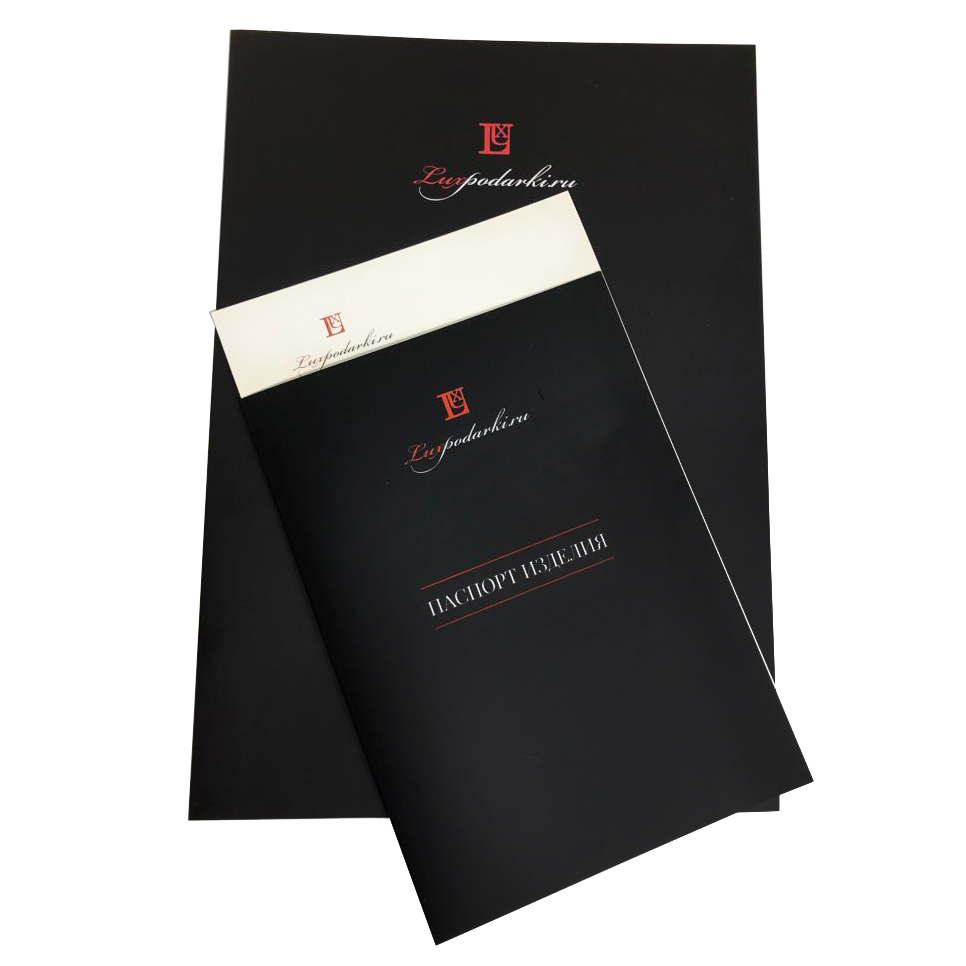
Вход и регистрация происходит по номеру телефона.





























"We don't collect things, we collect stories"
Stargift is a union of two Moscow collectors who have turned their long—term hobby into a unique project, and the collection itself, consisting of more than 2,000 exhibits, into a brilliant collection of personal belongings and autographs of celebrities, rare books and objects of classical and modern art. Collectible exhibits are regularly exhibited in prestigious galleries and fashion exhibitions in Moscow and St. Petersburg.
Stargift actively cooperates with major companies, private banks, concierge services, and leading charitable foundations. Our clients are Forbes businessmen, politicians and show business stars.
The authenticity of all exhibits is confirmed by Stargift certificates of origin, as well as certificates from leading international certification agencies and expertise from museums and libraries at the national level.
| Pickup from the gallery | free |
| In the next day (2 November) | 300 ₽ |
| On the day of the order (1 November) | 400 ₽ |
| Within 2 hours (1 November) | Check with the manager |
| Evening delivery (1 November) | Check with the manager |
| up to 6 km from MKAD (1 November) | 600 ₽ |
| from 6 to 10 from MKAD (1 November) | 900 ₽ |
| Over 10 km from MKAD (1 November) | Check with the manager |
| VIP, by courier (today)(1 November, today) | from 3 000 ₽ (check with the manager) |
| The transport company | according to the tariff of the TC |
Courier delivery is carried out when ordering for a total amount of 5000 ₽


Вход и регистрация происходит по номеру телефона.

The manager will contact you at to confirm the order within 15 minutes during business hours.
| Payment: | By card |
| The amount: | 0,00 |
| Shipping method: | VIP air delivery |
| Delivery address: | New Vasyuki, str. Chairs, 12 |
| Delivery date: | 24.12.2021 y. |
| Delivery Time: | from 17:00 to 21:00 |
| Recipient: | John |
| Telephone: | John |
| Mail: | John |
| Comment: | John |
Чтобы заказать изделие, заполните форму и отправьте нам. В течение 10 минут в рабочее время специалист свяжется с вами для подтверждения запроса!
| Изделие: | Статуэтка железнодорожнику «Стрелочник» |
| Количество: | От 1шт. |
| Упаковка: | Стандартная (бесплатно) |
| Услуги: | 2 |
Чтобы узнать стоимость изделия, заполните форму и отправьте нам. В течение 10 минут в рабочее время специалист скажет стоимость.
| Выбранное изделие: | Артикул: XXX-XX |

You can always contact us
+7 (495) 927 60 67How is it more convenient for you to contact us?
